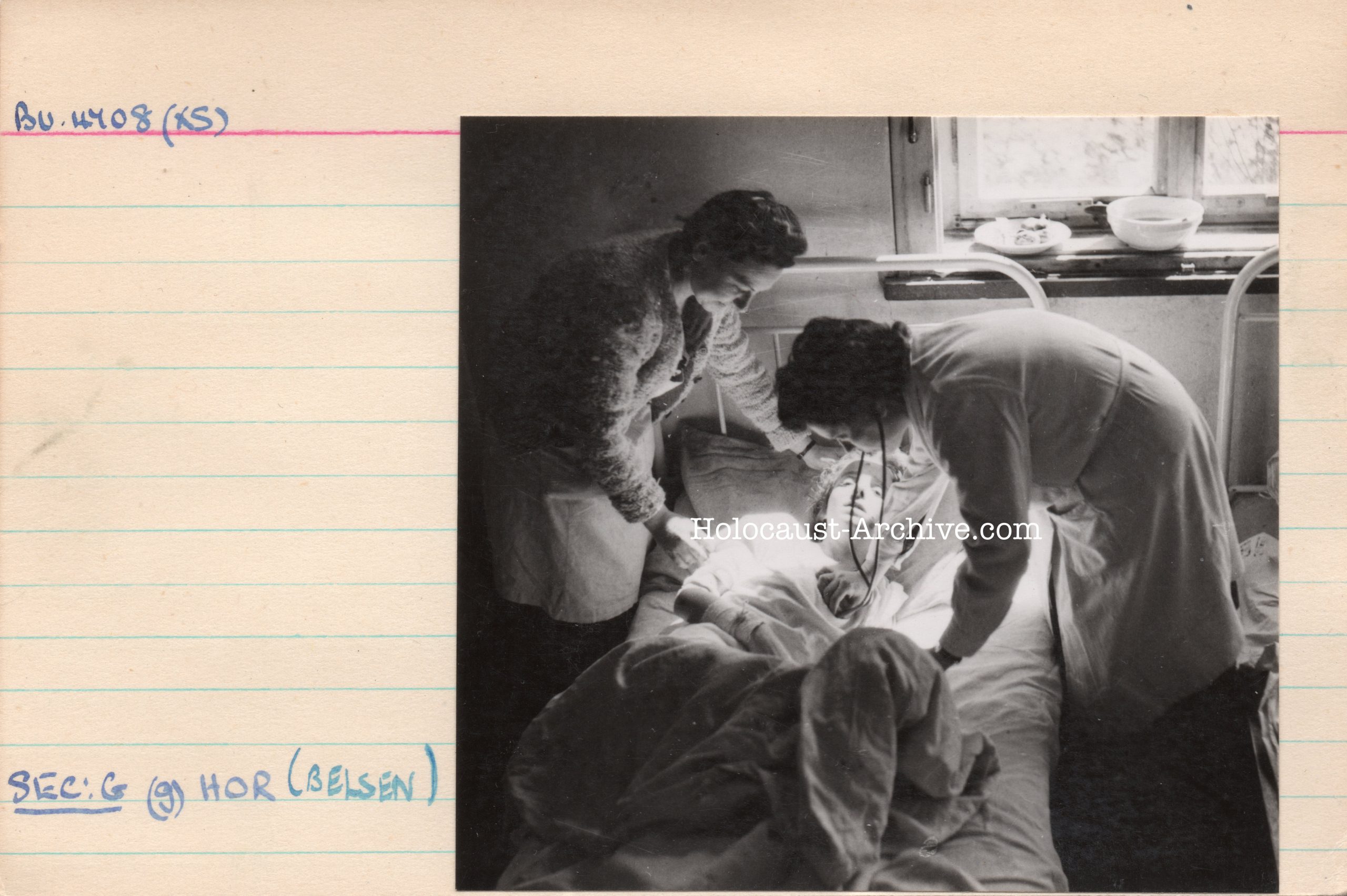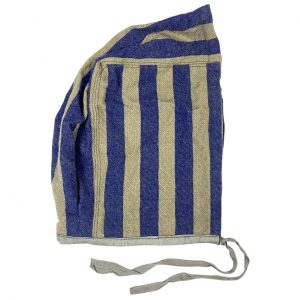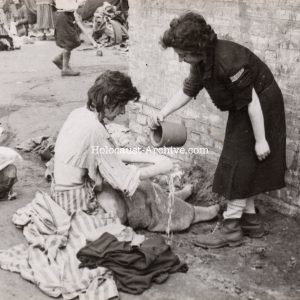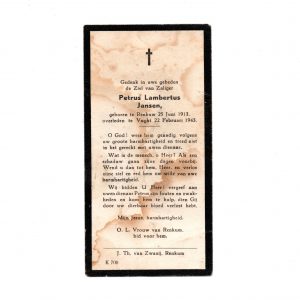Bergen-Belsen – Photo of a prisoner receiving medical attention
This photo was taken by a British war correspondent during the liberation of Bergen-Belsen concentration camp.
The photo shows a prisoner being examined by doctors.
Bergen-Belsen
Bergen-Belsen was a prisoner of war and concentration camp during World War II.
It was located near Hanover and from June 1940 Belgian and French prisoners of war arrived here.
After the invasion of Russia, 21,000 Russian prisoners of war also arrived.
They lived in appalling conditions: in the open air, surrounded by barbed wire, without any sanitary facilities, in self-made tents and in pits in the ground. By early 1942, 18,000 of these Russians had already died of dysentery and typhus.
In April 1943 Bergen-Belsen was taken over by the SS.
There were no gas chambers in Bergen-Belsen.
Nevertheless, more than 70,000 political opponents of National Socialism, including 25,000 Russians, 15,000 Poles and tens of thousands of resistance fighters from the occupied territories, as well as several thousand Jews were killed.
During the liberation of Bergen-Belsen by the British forces on April 15, 1945, they found mass graves and thousands of unburied bodies, as well as about 60,000 survivors, of which about 14,000 more died in the following days and weeks, including from the effects of malnutrition and dehydration.
The Bergen-Belsen camp was razed to the ground and burned down after the liberation, because of the very high risk of infection with typhus and lice. The last barrack was burned with a small ceremony in the presence of the former prisoners on 24 May 1945.





